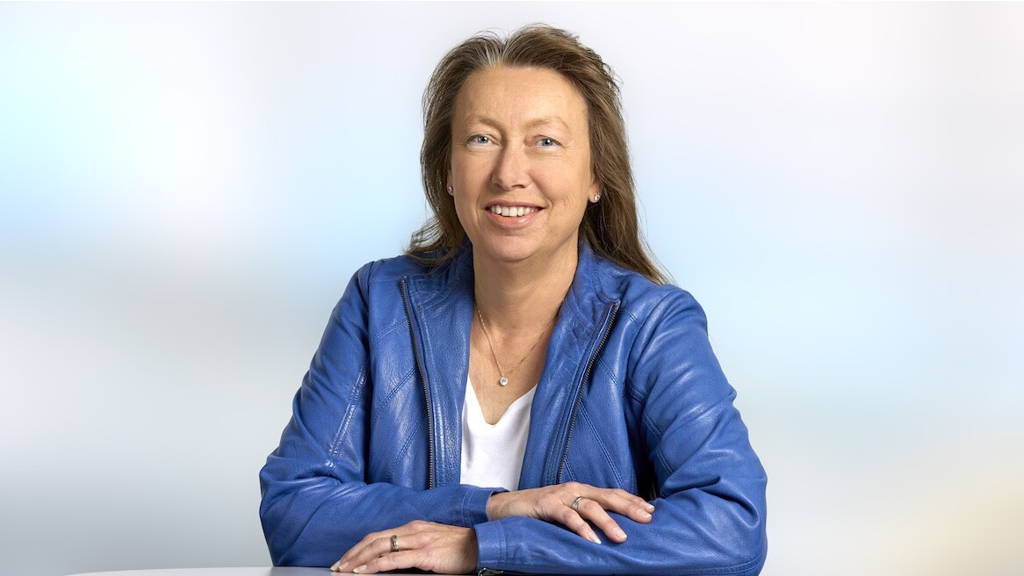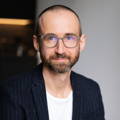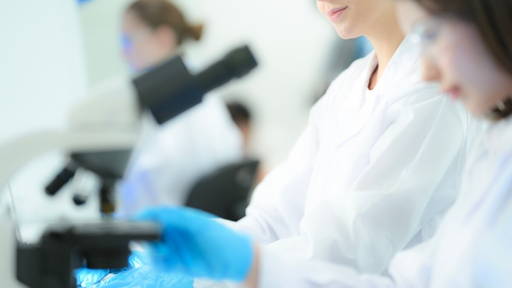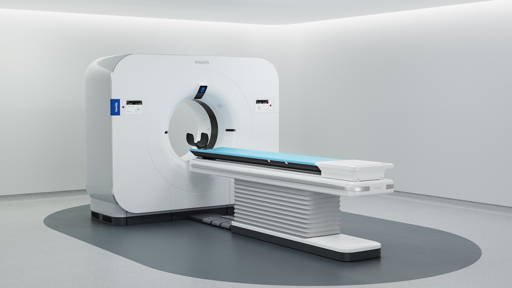“What kind of future in healthcare do we actually want?” asks Prof. Dr. Kerstin Cuhls. As a leading figure in foresight and Scientific Project Manager at the Fraunhofer Institute for Systems and Innovation Research (ISI), Cuhls explores the invisible threads that shape tomorrow: uncertainties, societal values, signals, and emerging trends. We talk about foresight, why society often lags behind technology, and how we might co-create a future we can’t yet fully see.
Foresight helps to turn chaos into more clarity
Foresight isn’t about knowing the future. It’s about understanding the present deeply enough to prepare for multiple tomorrows. “There is no ‘the’ future,” Prof. Cuhls emphasizes. “There are many futures. And all the future possible scenarios are shaped by our actions today.”
Foresight involves methods such as horizon scanning methods, trend analysis, scenario development, and visioning exercises. But more than the tools, it’s about cultivating a mindset. “Foresight opens up spaces to think,” she says. “It’s a safe space to reflect, not only rationally but emotionally. We ask: What kind of world are we heading into? And what do we need to change now to make it more livable?”
Foresight brings structure to uncertainty. It helps organizations, governments, and individuals navigate ambiguity without being paralyzed by it. “In times of crisis – whether a pandemic, a war, or climate changes – people often feel powerless,” Prof. Cuhls says. “But with foresight, we can create pathways, not predictions. That gives people an orientation and a sense of agency.”
Don’t follow the hype
“Of course, digital health will play a big role in the future,” according to Prof. Cuhls. “But the way it is developed and implemented depends on cultural, legal, and ethical questions.”
She sees potential in areas like AI diagnostics, remote care, and personal health data. However, she warns against techno-optimism without ethical guardrails. “Technology is not neutral,” she says. “It reflects the values of those who design it. In foresight, we ask: Who benefits? Who is left behind?”
She brings up the example of telemedicine. While it expanded dramatically during the pandemic, its benefits were uneven. “For the elderly, or those without digital literacy, these innovations can become new forms of exclusion,” she says. “We have to be very careful that digital health doesn’t increase inequalities.”
Interestingly, Prof. Cuhls highlights a dynamic that is particularly visible in healthcare today: the optimism surrounding new technologies, often fueled by the promises of tech companies. “Technologies evolve faster than societies. We know this from history,” she says. “We often overestimate how quickly they will transform the way we live.” The dreams of AI addressing the problem of medical staff shortages or enabling the transition from treatment-oriented to prevention-oriented care might be just a delusional hope.
Embracing the unknown to prepare for the unseen
Perhaps the most surprising takeaway from speaking with Prof. Cuhls is her humility before uncertainty. In a time when thought leaders often posture as prophets, she instead leans into doubt.
“It’s not about predicting what will happen,” she says. “It’s about preparing for what could happen – even if we don’t know exactly what that is.”
This is where scenarios come into play. Foresight teams construct plausible future worlds not to choose one but to stretch the imagination and stress-test decisions. “We simulate,” she explains. “What if AI fails in healthcare diagnostics? What if people reject data sharing? What if climate impacts bring new diseases? We should explore these possibilities so we’re not surprised when they come true.” What’s important is that asking such questions is not intended to negate the use of technology but to emphasize the risks as well as the opportunities. Foresight is a critical, open, and neutral process of estimating risks and finding methods to mitigate them.
The emotional drivers of the future
For Prof. Cuhls, one of the most overlooked aspects of foresight is its emotional component. “We often talk about facts and trend figures,” she says. “But people act from feelings. The future is also about fear, hope, resistance, and desire.” Emotional undercurrents like fear of losing control or resistance to change are essential forces that shape the transformation. “People need to feel seen and heard when we talk about the future,” she explains. “If they only experience change as something done “to” them, not “with” them, they withdraw. But when they are engaged, their imagination becomes a powerful driver for innovation.”
Thus, foresight has to create spaces for dialogue not just among experts, but across society. “We need citizens involved,” she insists. “Not only to understand technologies but to help shape how they are used. That includes healthcare decisions.”
Change doesn’t begin with gadgets. It begins with humans. “Innovation is not just technical. It’s social,” she says. “New digital tools are exciting, but if we don’t change our institutions, our education systems, our mindsets, we won’t see real progress.”
That’s why she believes foresight should be a core part of health policy and education. “We need more future literacy,” she declares. “If people can’t imagine alternatives, they accept whatever is handed to them.”
Cuhls even suggests that foresight training should be embedded in the medical curriculum. “Doctors should not only know how to treat diseases,” she says. “They should understand how developments like aging, automation, or climate change are reshaping health itself.”
A future worth wanting
So, how do we prepare for a future we don’t yet know? For Cuhls, the answer lies in radical humility, inclusive dialogue, and proactive imagination. She doesn’t offer simple solutions because simple solutions do not exist, even if people deeply wish for them. But she does offer direction. “Ask questions. Challenge assumptions. Involve people. And never stop imagining,” she urges. “That’s how we move forward, explore, and get ready for the future with curiosity, not fear.”
One unlikely yet powerful source of inspiration she names is science fiction. “It’s not about predicting what will happen,” she clarifies, “but about opening mental spaces.” Stories, whether dystopian or visionary, can help people grasp complex ideas, feel the emotional stakes of change, and engage with futures that feel distant or abstract. “Science fiction doesn’t tell us what will be,” she says, “but it allows us to think through what could be and what we would or wouldn’t want.”
At its heart, Cuhls’ vision is not about forecasting but about participation. She believes the future should never be left solely to experts or algorithms. “The more diverse the perspectives, the better the outcomes,” she says. “Because the future isn’t what just happens by chance. It’s something we can shape together.”







